An event that started at the end of 2019 in the
city of Wuhan in central China would come to have a global impact … one
far beyond Xi's wildest dreams of China's one day directing the course
of the world. A virus that possibly originated at a wet market (or was
it from a biological laboratory?) in Wuhan would spread rapidly around
the world, creating a pandemic not seen since the one caused by the
Swine Flu of 2009, a disease that killed thousands of people worldwide.
But this new COVID-19 Coronavirus quickly outpaced the Swine Flu
globally in terms of the numbers infected and the number of deaths
brought on by it.
Such microorganisms can be very deadly.
The 1918 Spanish Flu killed a half a million Americans, and crippled
greatly another quarter of the population, lowering the American life
expectancy by twelve years in the process.
But fairly early action in response to
this 2020 Coronavirus, including calling on the nation to stay at home
– and keeping a certain distance from others when it was absolutely
necessary to leave the house (food shopping, for instance) – slowed up
the spread of the virus.
However this "lockdown" of American
society also had a devastating effect on the American economy –
creating a level of unemployment even greater than that registered in
the devastating Iran / oil / Volcker crisis of the early 1980s.
At first President Trump tried to
downplay the severity of the crisis when it came to America in January
(2020). But panic spread anyway as the media turned its attention away
from the impeach-Trump campaign to the Coronavirus scare. In any case,
by early March the virus, devastating not only China but Italy and
Spain and other countries, was spreading quickly in America.
Thus Trump began to put in place federal
programs designed to support hospital care and medical research ($8.3
billion authorized on March 6th), then to subsidize unemployment
insurance (UI) by supplementing the states' UI programs (March 18th) …
and then finally on March 22nd, under Senator McConnell's sponsorship,
a proposal for a huge $1.2 trillion package to support even more
extensively America's rapidly declining businesses.
Republicans put aside their usual
opposition to such Federal bail-outs, and a deal was seemingly put in
place, ready for passage in the Senate … when House Speaker Pelosi
intervened with a demand for a $2.5 trillion bailout, with wider
applications (outright personal grants to all Americans, aid to
education and other types of grants) – at the same time calling for a
reduction in the amount of support offered to America's larger
corporations by Trump.
A political fight seemed in the making,
as competing political interests wanted to be seen as the actual
"saviors" of the country in this time of crisis. Such salvation would
make good political feed in the coming November national elections. But
in the end Trump backed down and accepted a piece of legislation closer
in nature to Pelosi's than his own proposal: a $2.2 trillion support
program of a rather wide scope.
Of course, this did nothing but worsen
considerably the picture of America's long-term economic status – as
the federal deficit skyrocketed out of control. Adding $2.2 trillion to
that debt (at a time when the government's tax revenues would also be
declining sharply due to the crisis) would only drive America into
deeper indebtedness. But what could be done? All the enlightenment in
Washington had no good idea of how to get the American economy back to
good health under these horrible circumstances.
Meanwhile the virus lockdown was having
its own impact – social and psychological – as March turned into April
and April turned into May. How long was this lockdown going to last?
Tempers began to heat up as debate, even street protests, began to
break out over the ongoing restrictions.

 Coronavirus ... and the political outfall
Coronavirus ... and the political outfall "Black Lives Matter"
"Black Lives Matter" The Supreme Court expands the legal support of LGBTQ dynamics
The Supreme Court expands the legal support of LGBTQ dynamics The chaotic 2020 elections
The chaotic 2020 elections





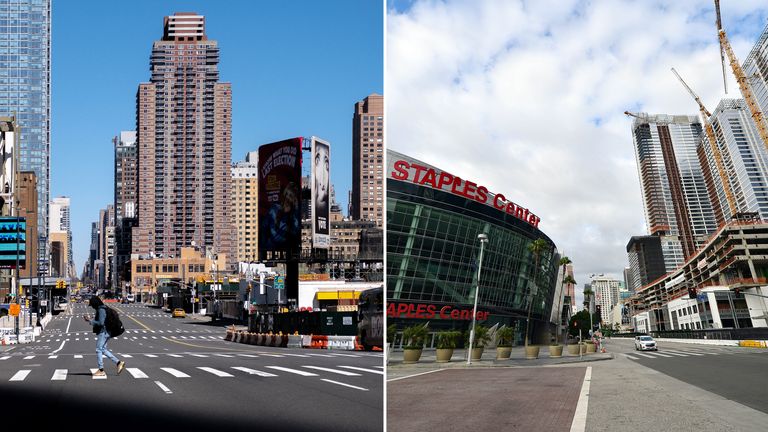
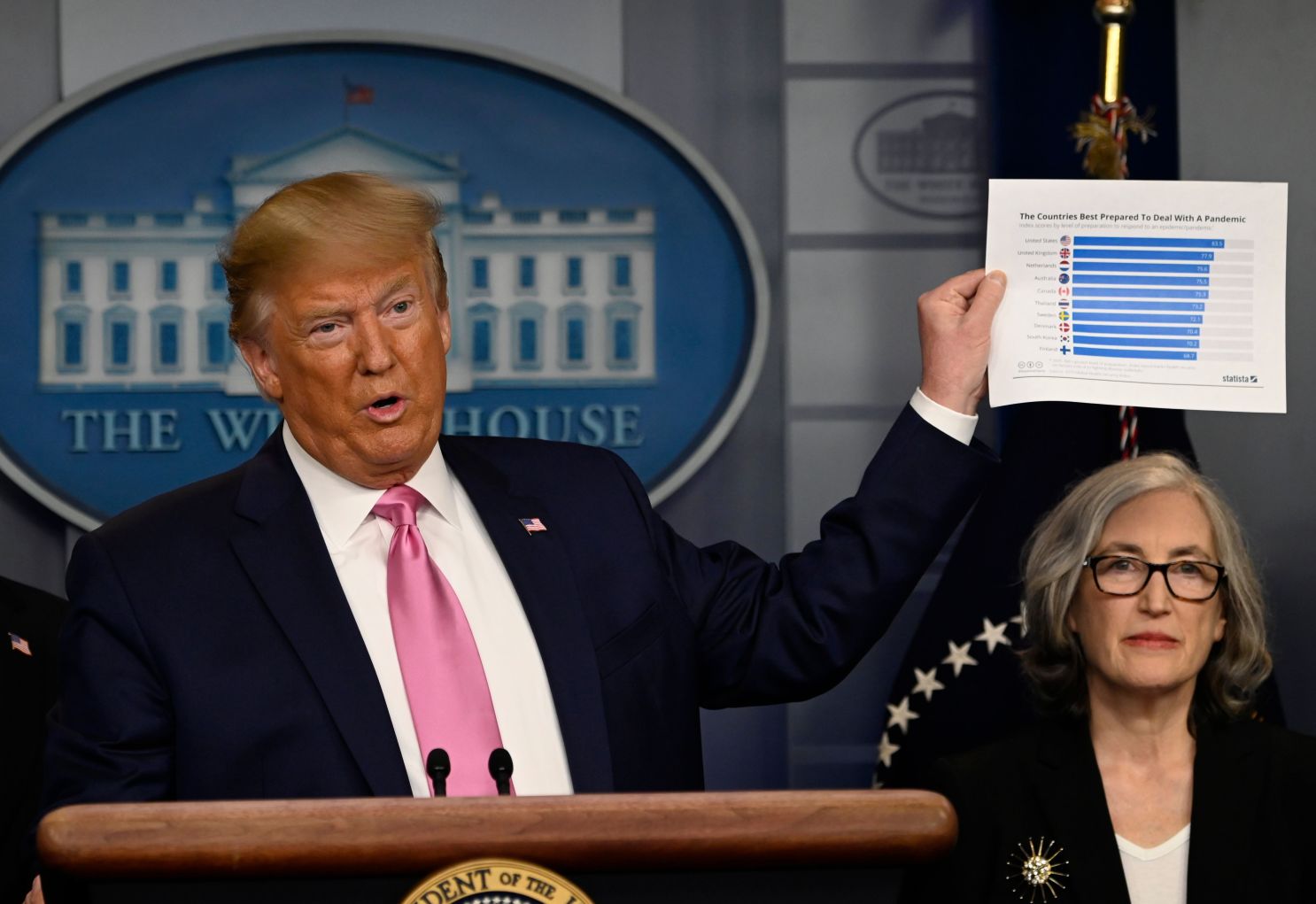
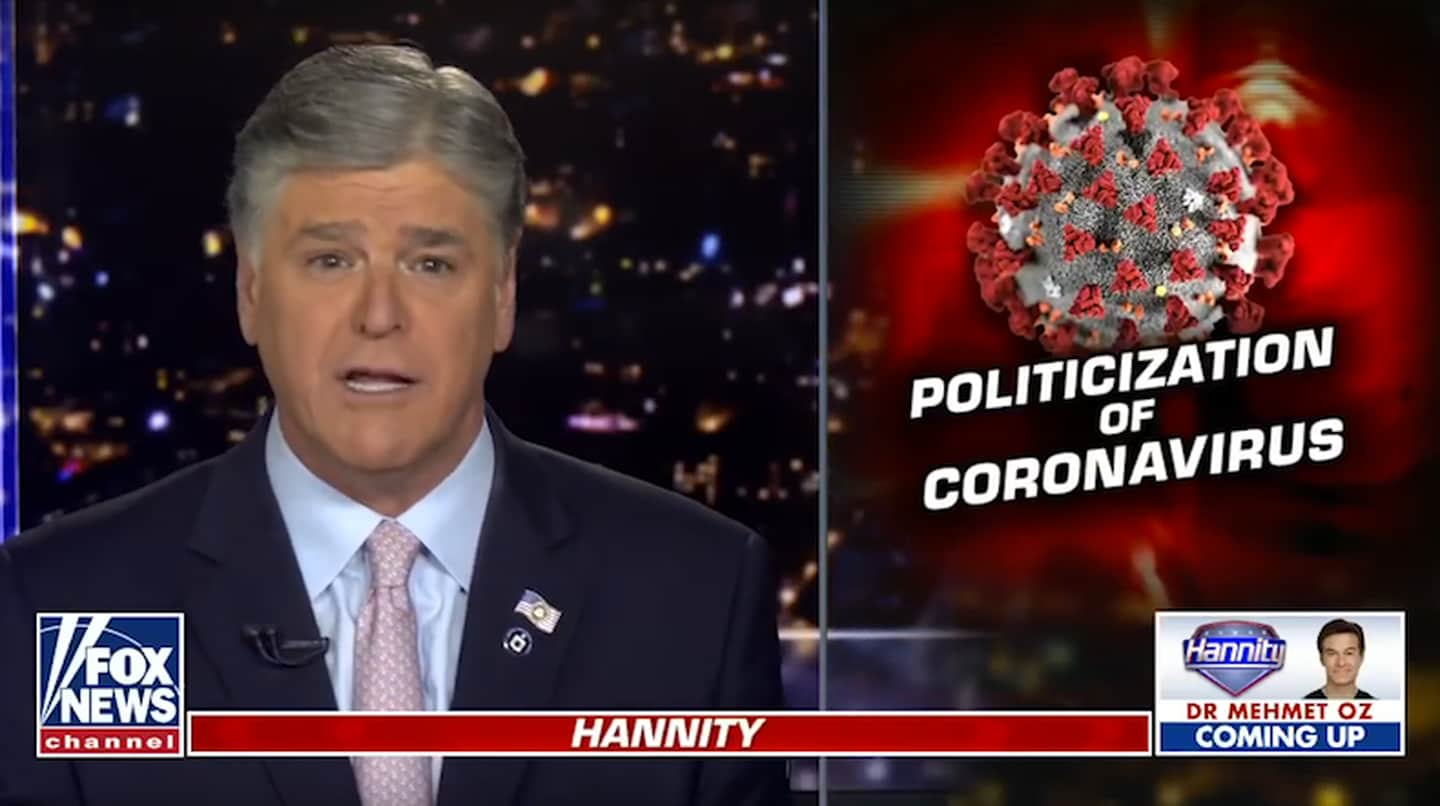
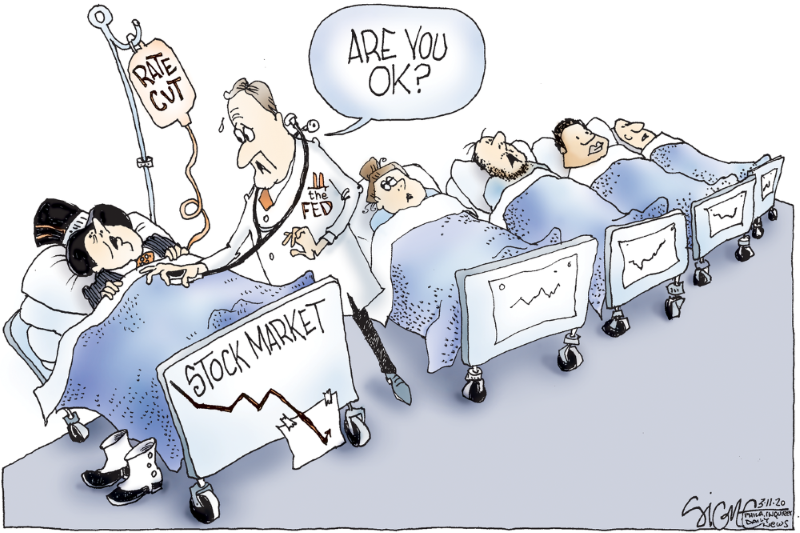
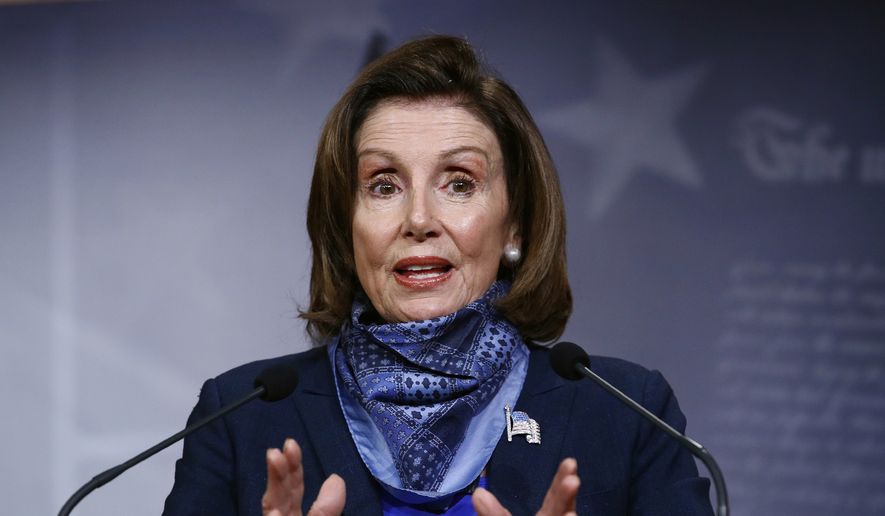
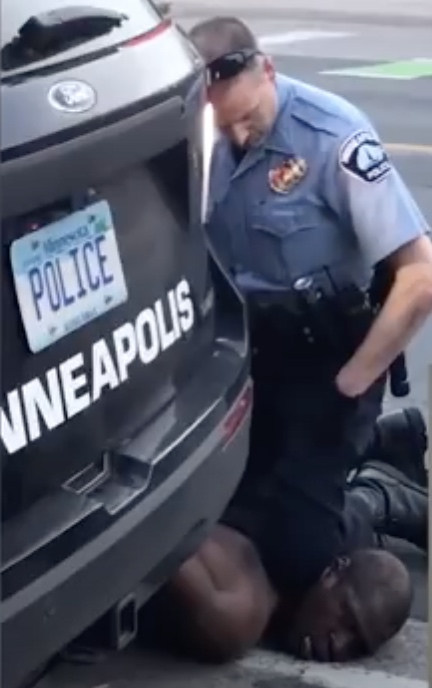
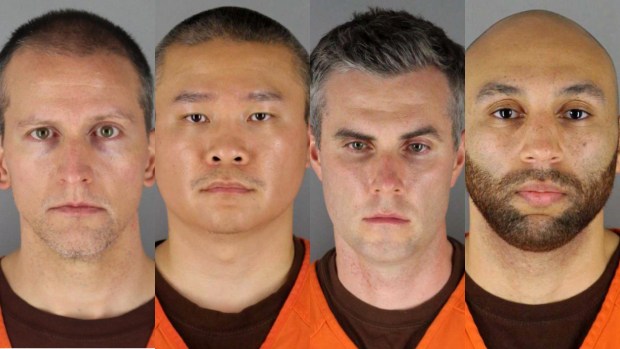
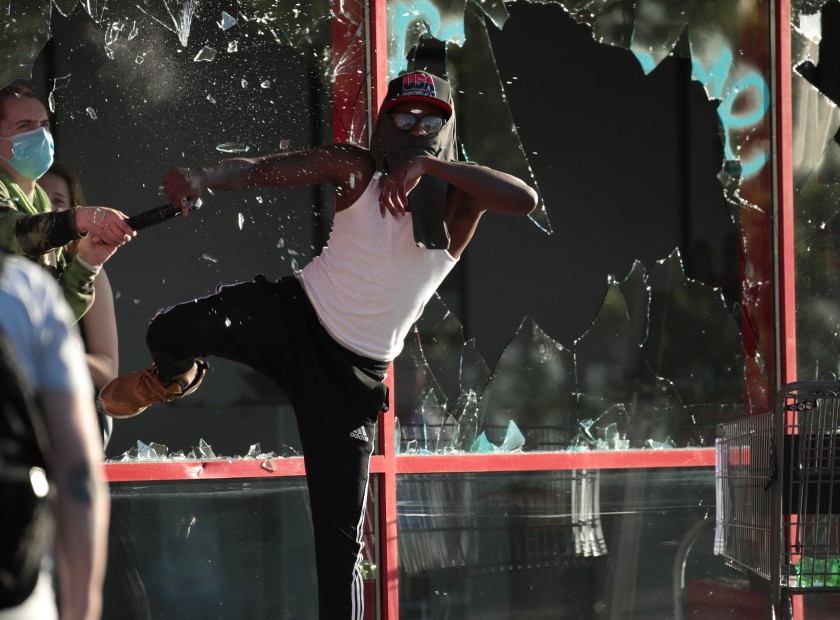
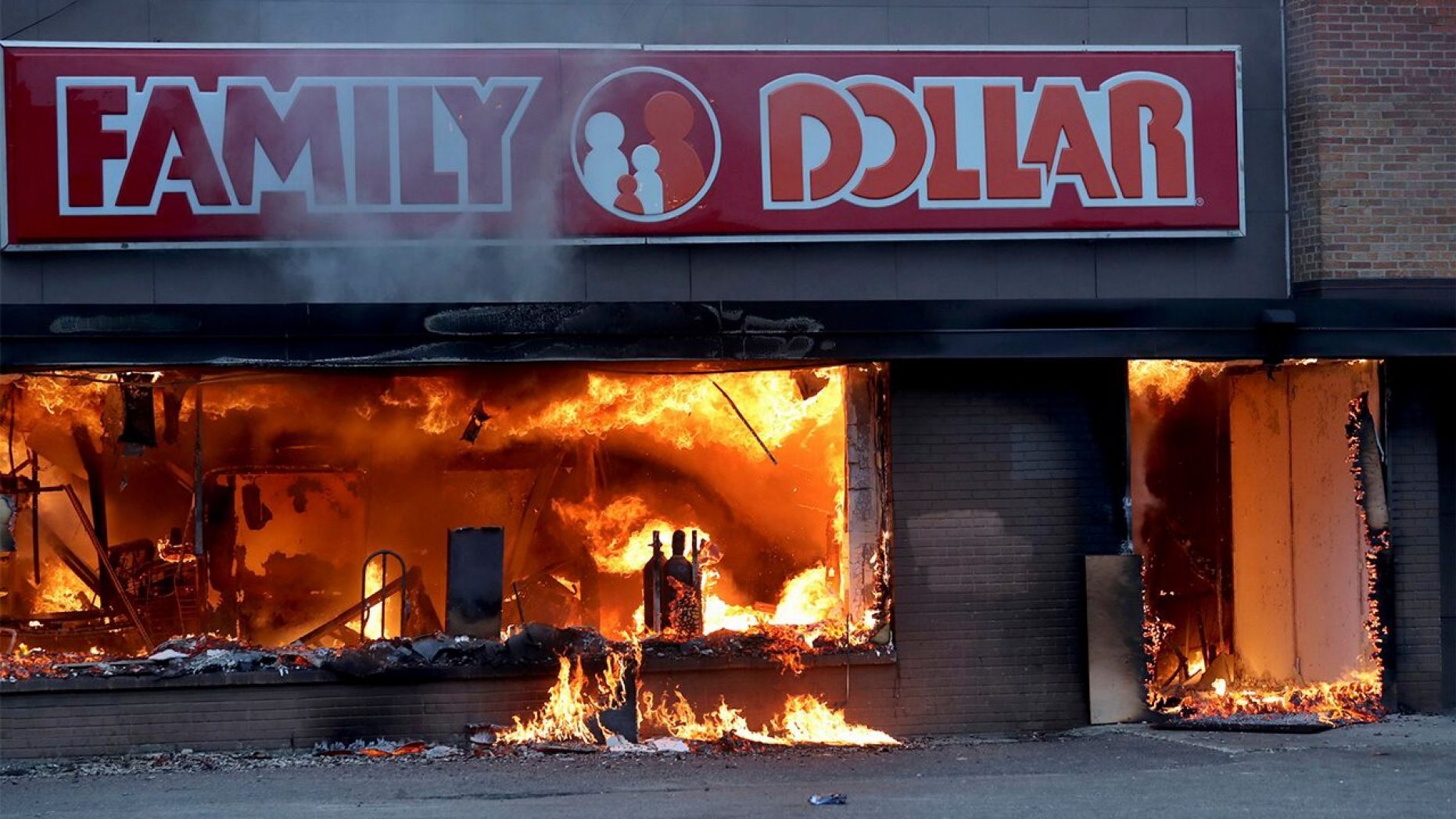
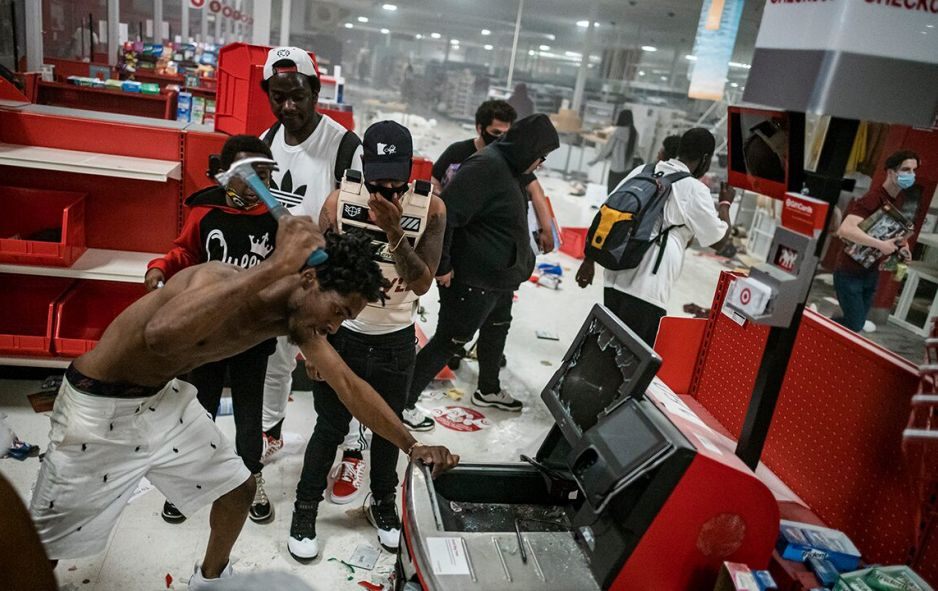
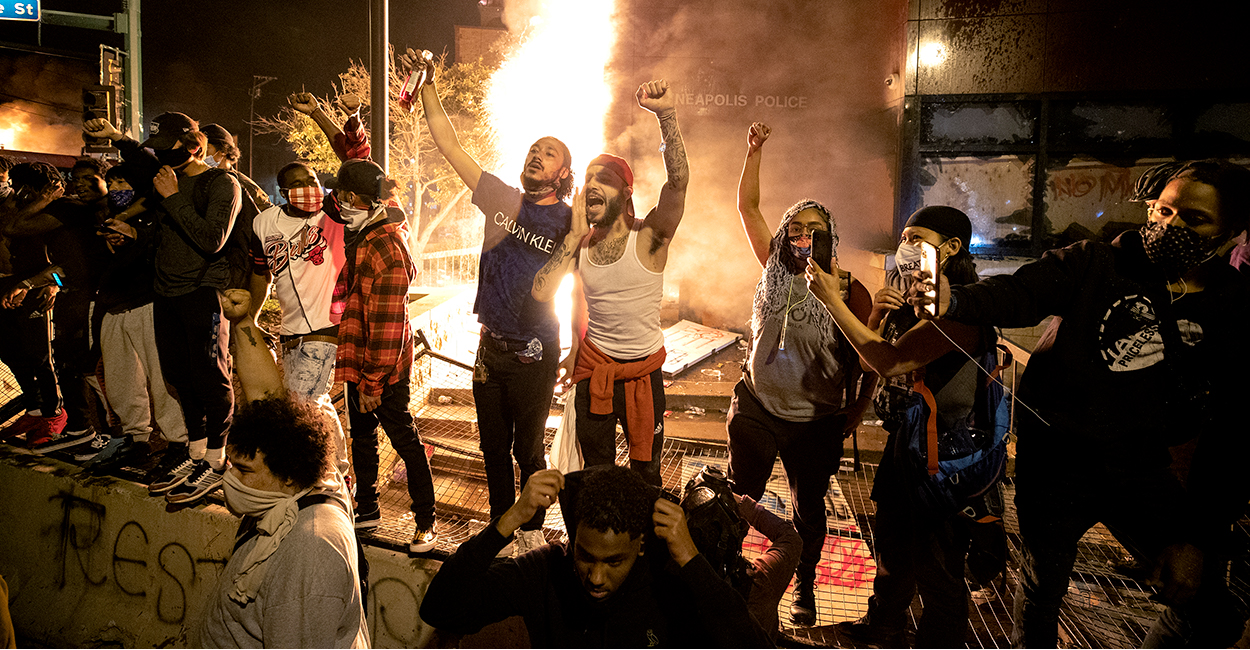
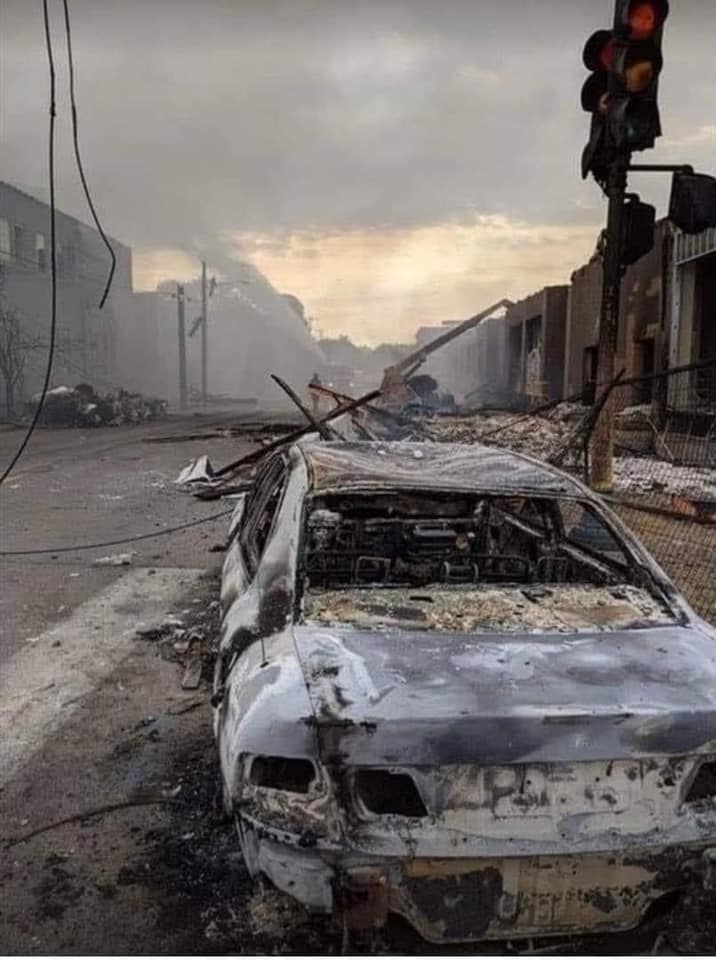
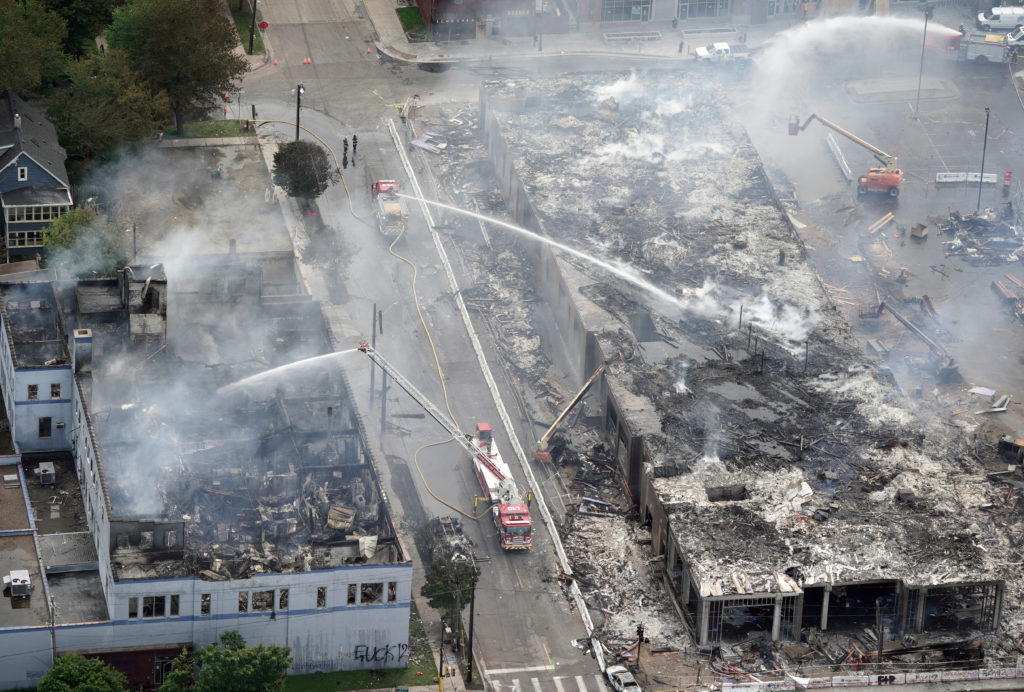
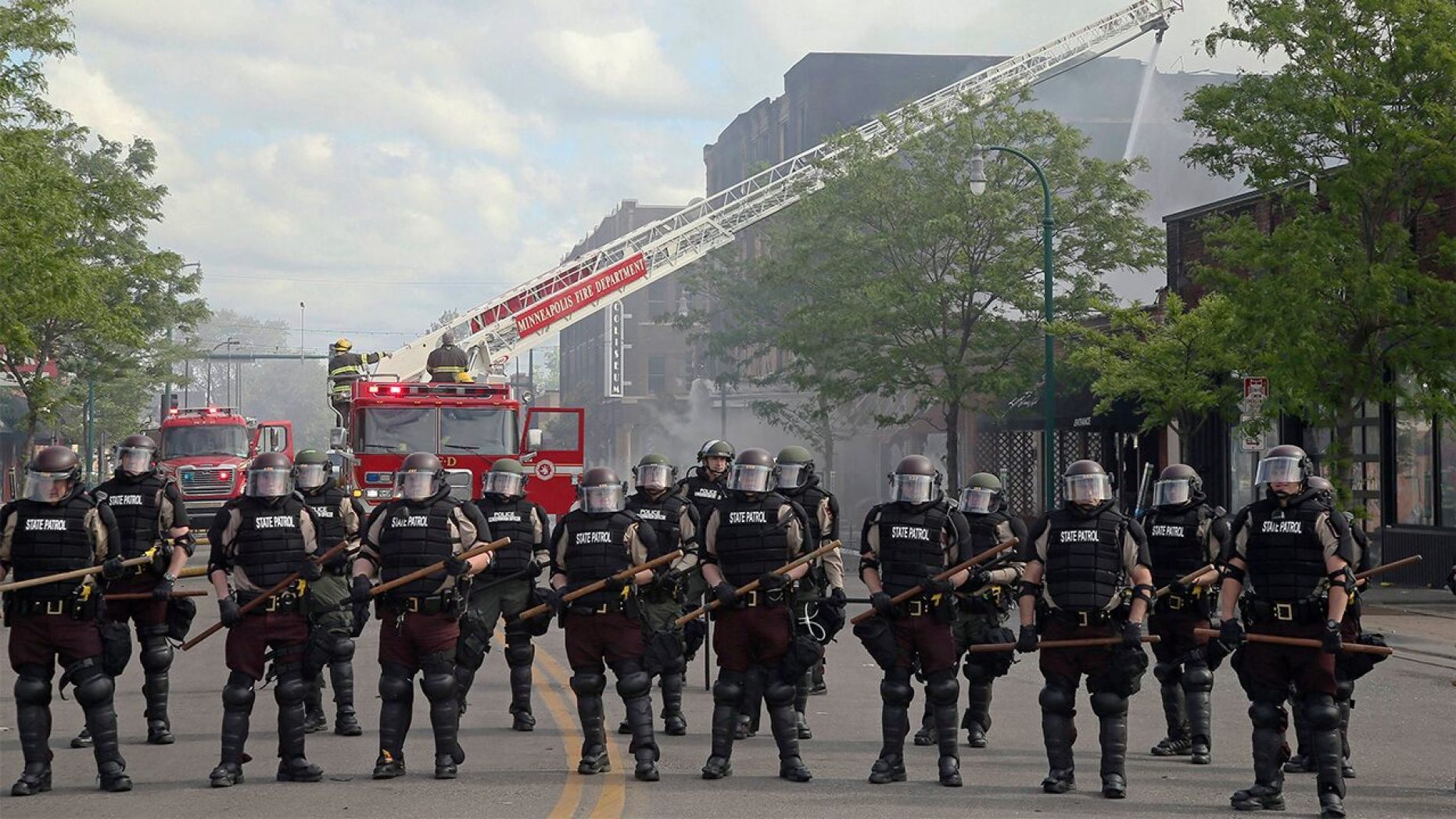
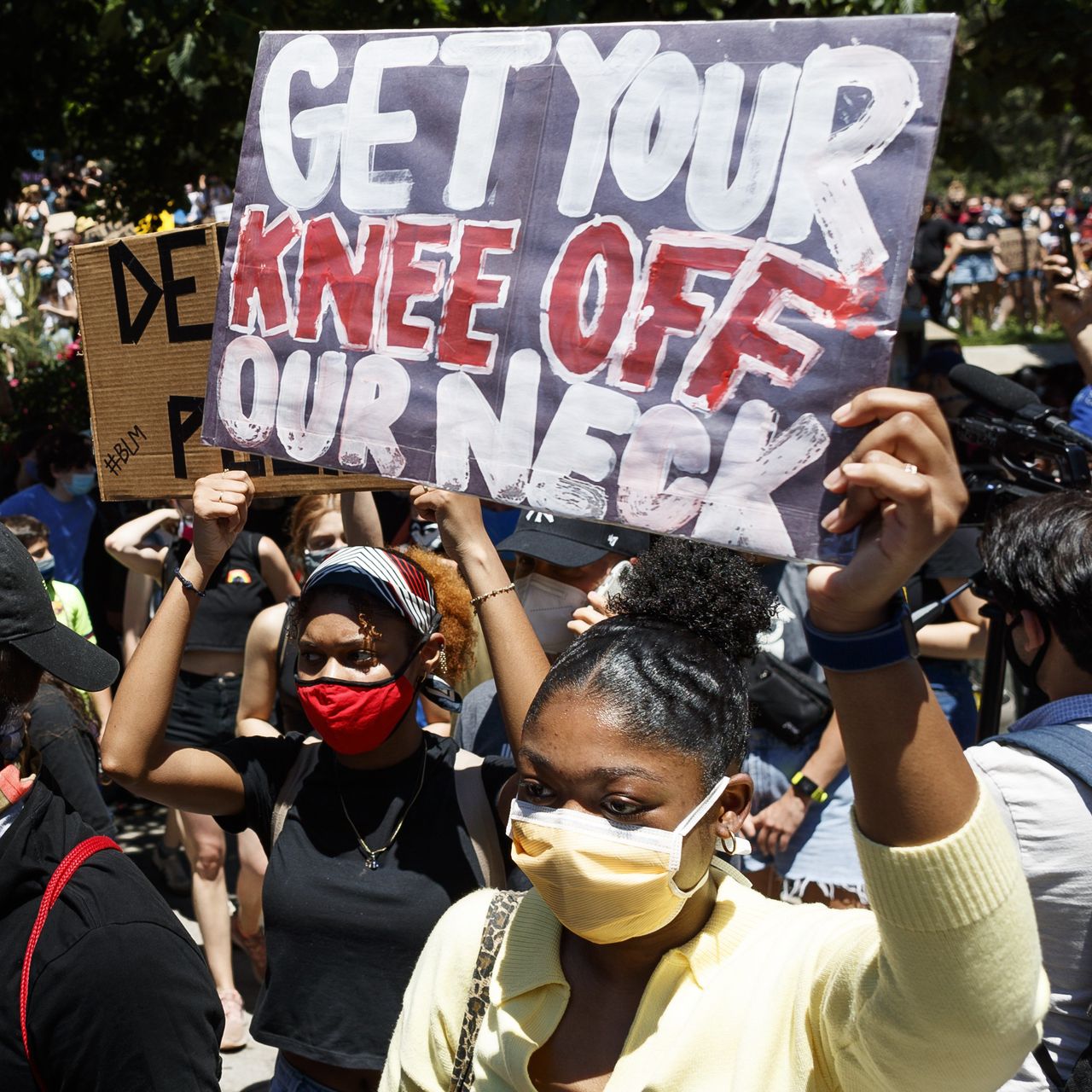
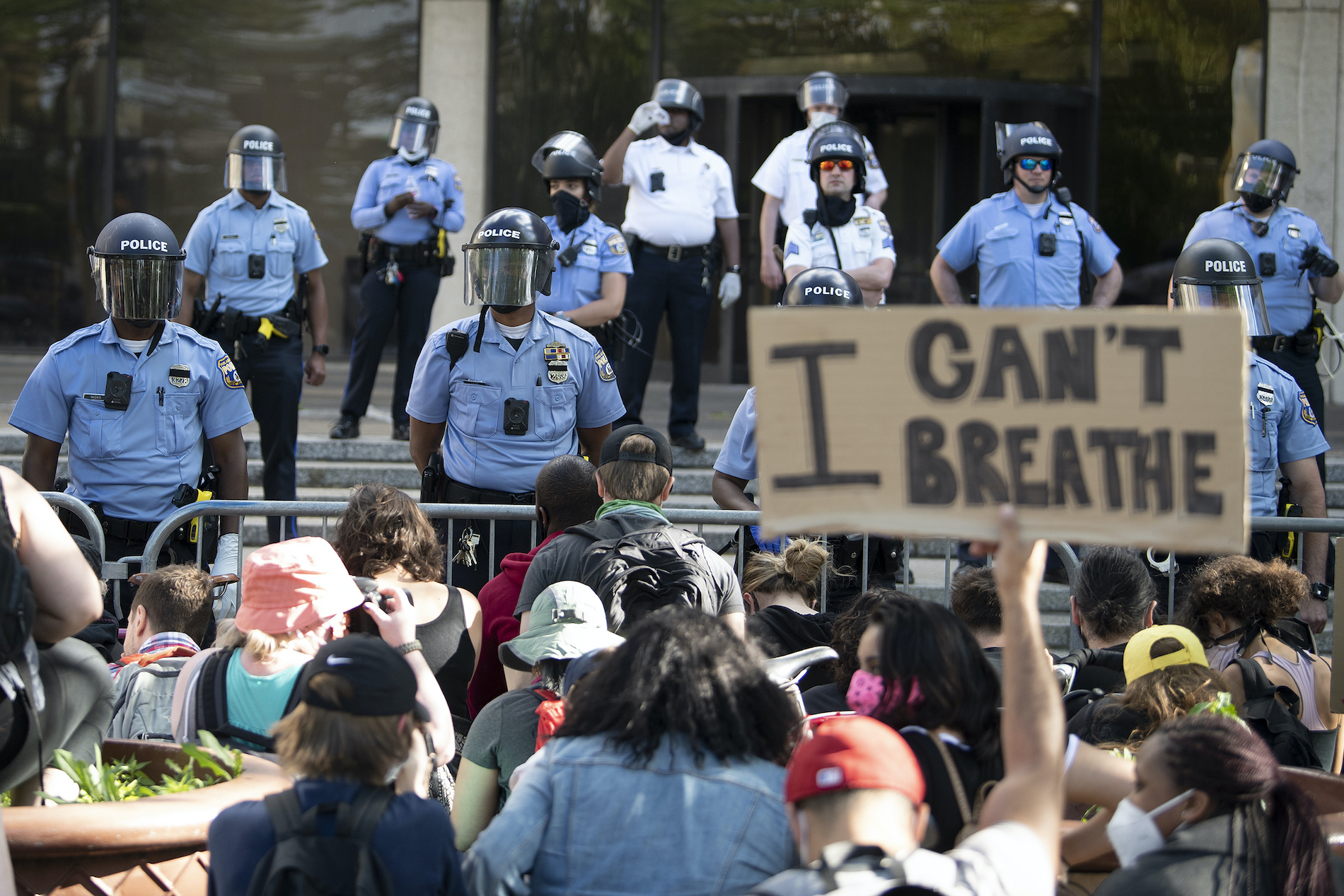
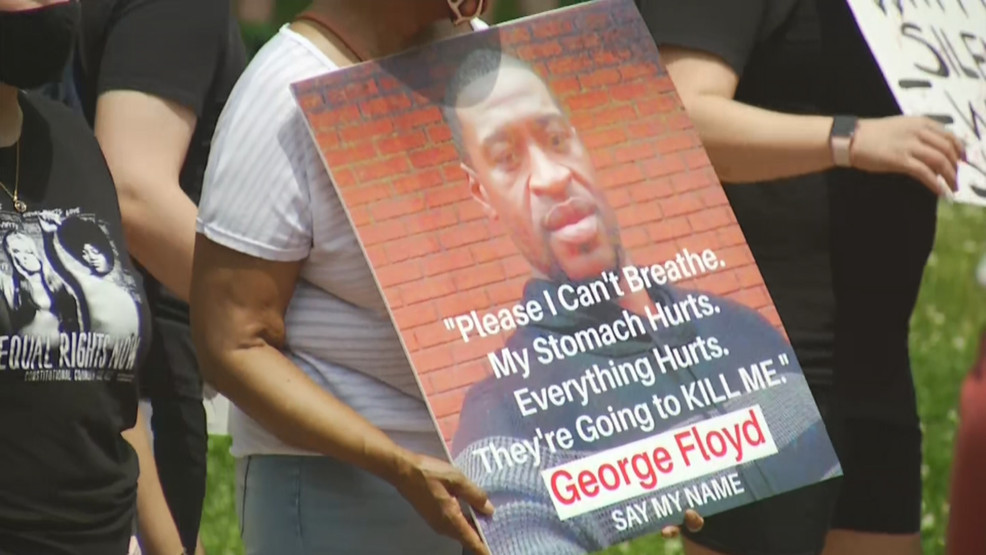
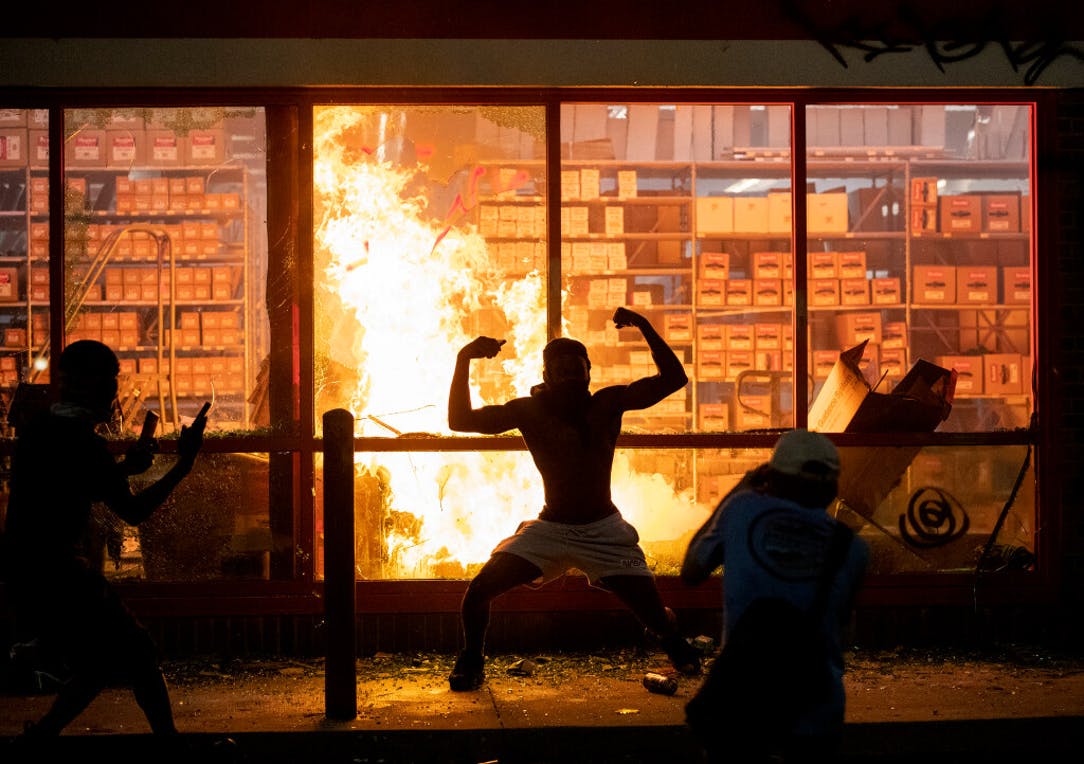
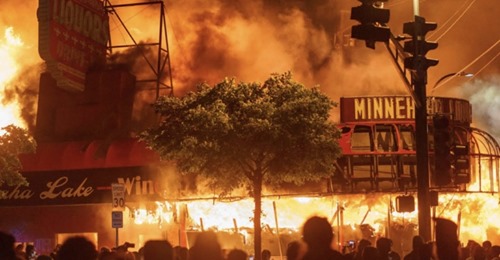
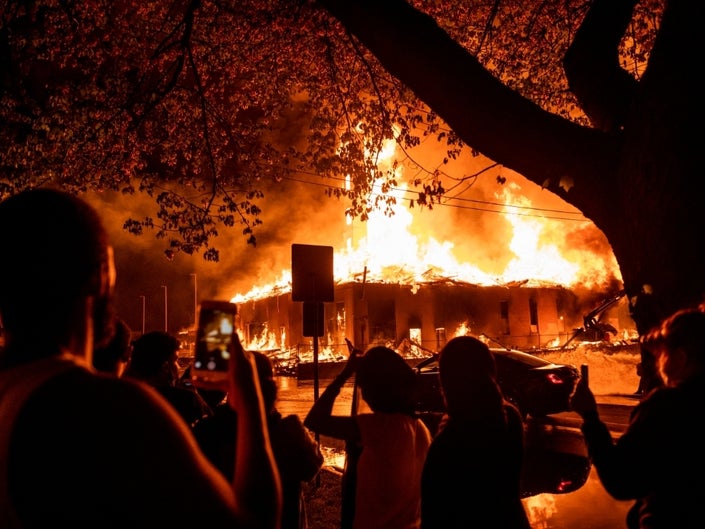
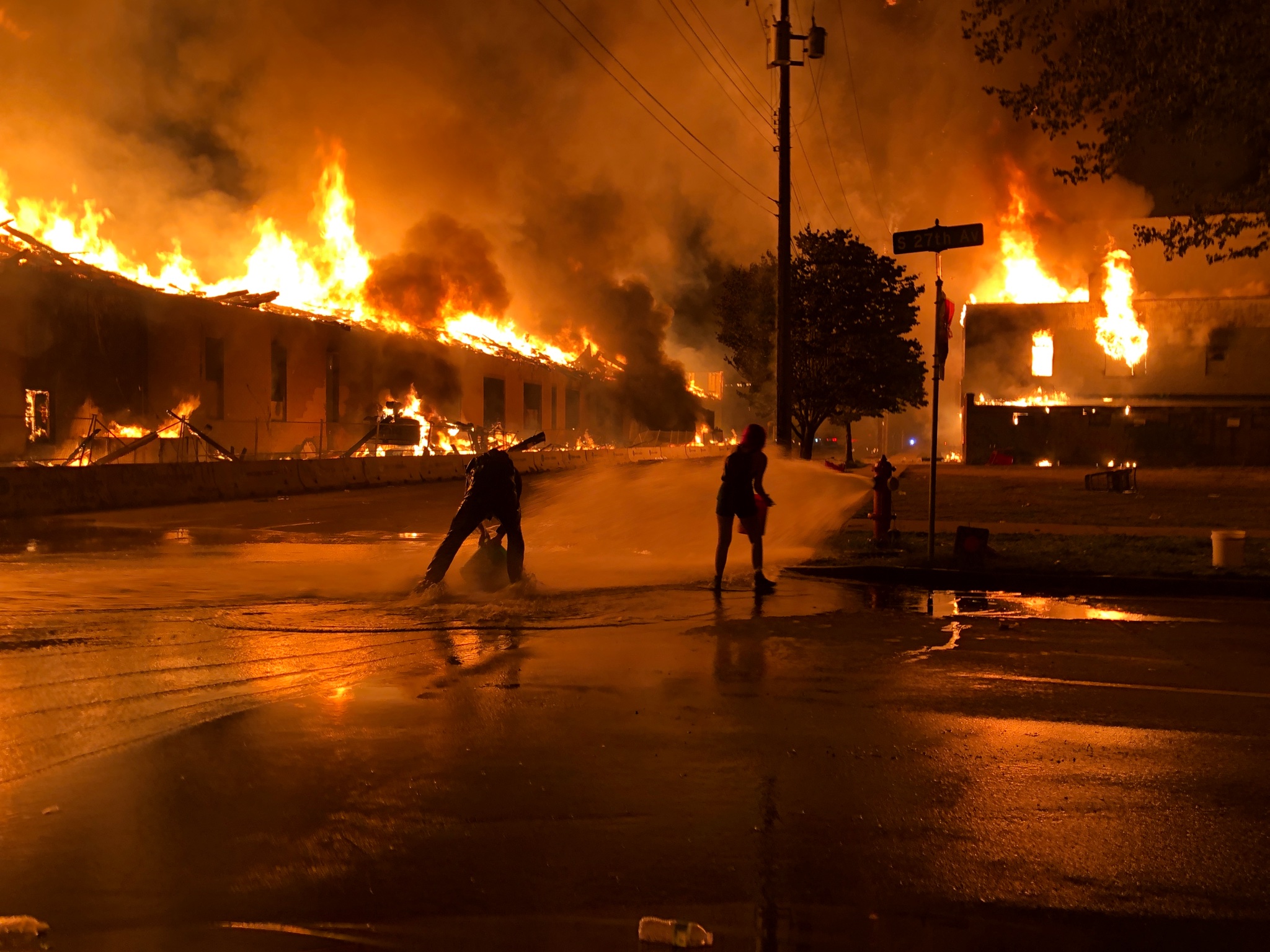
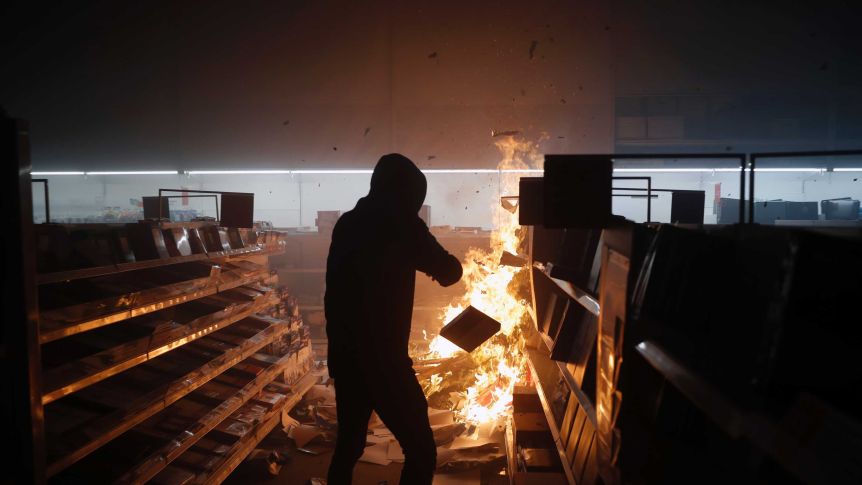
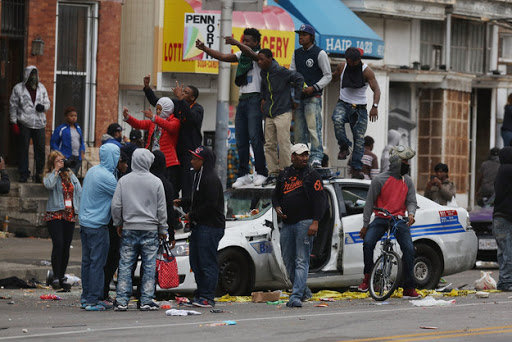
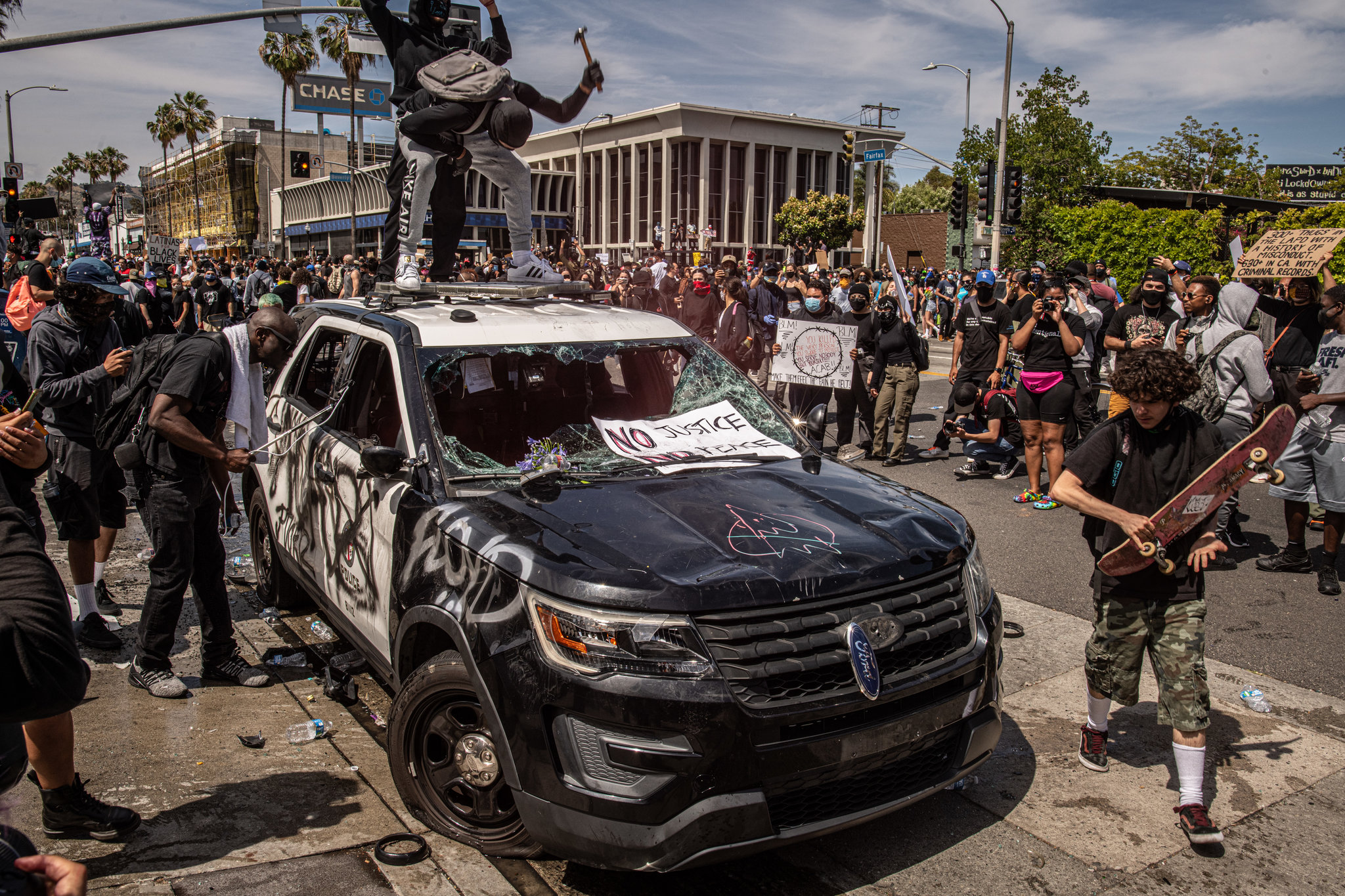
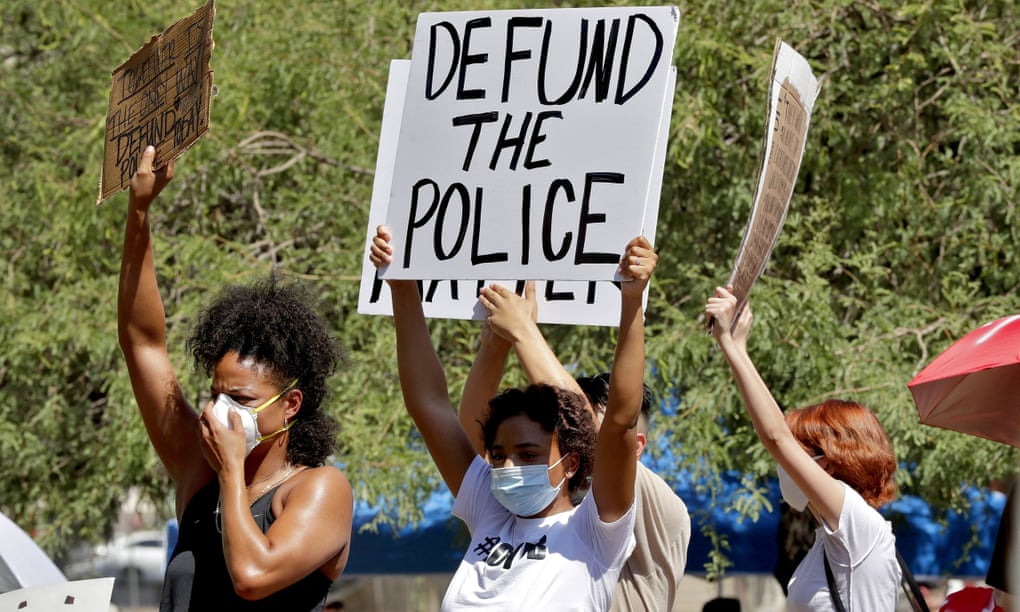

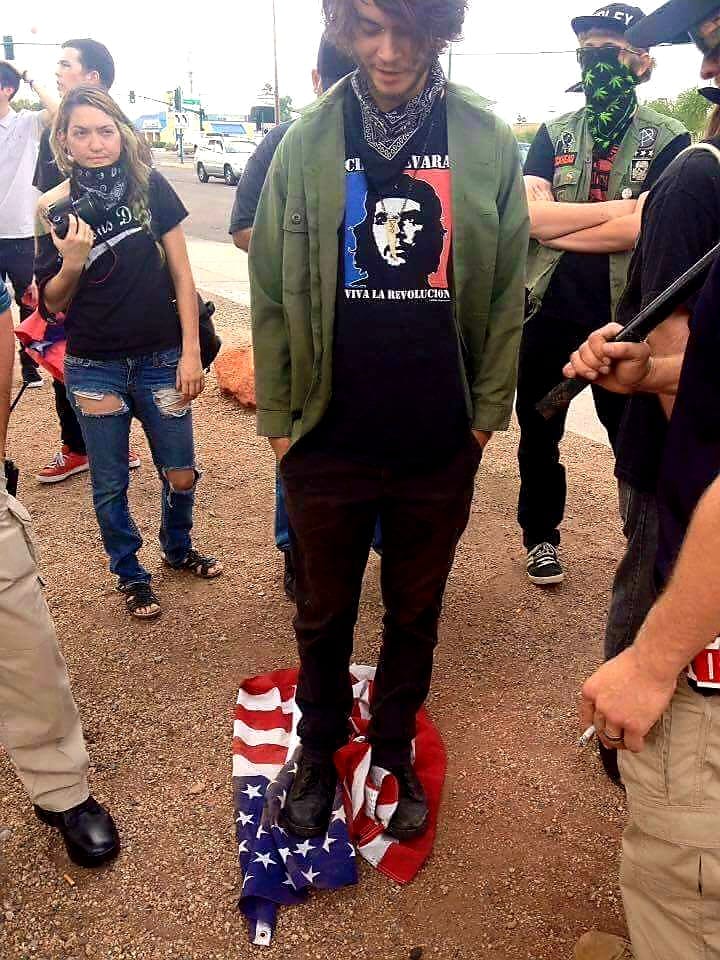
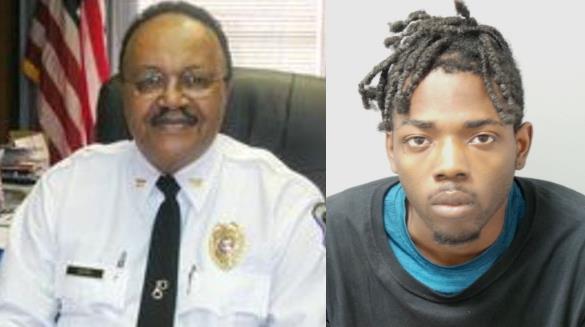
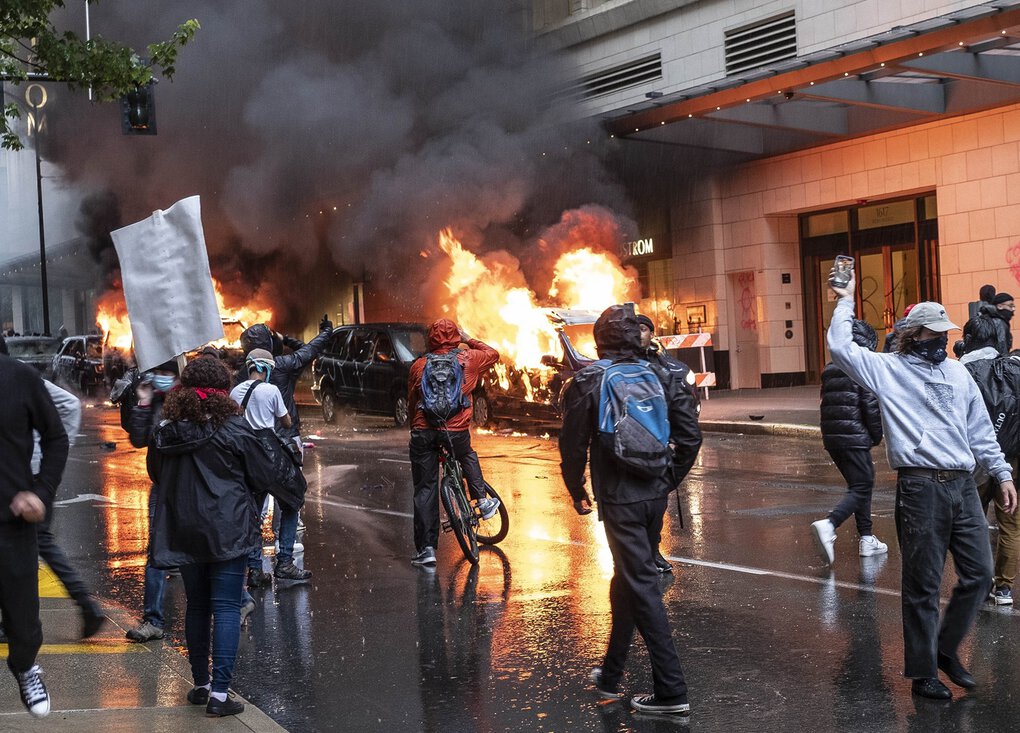
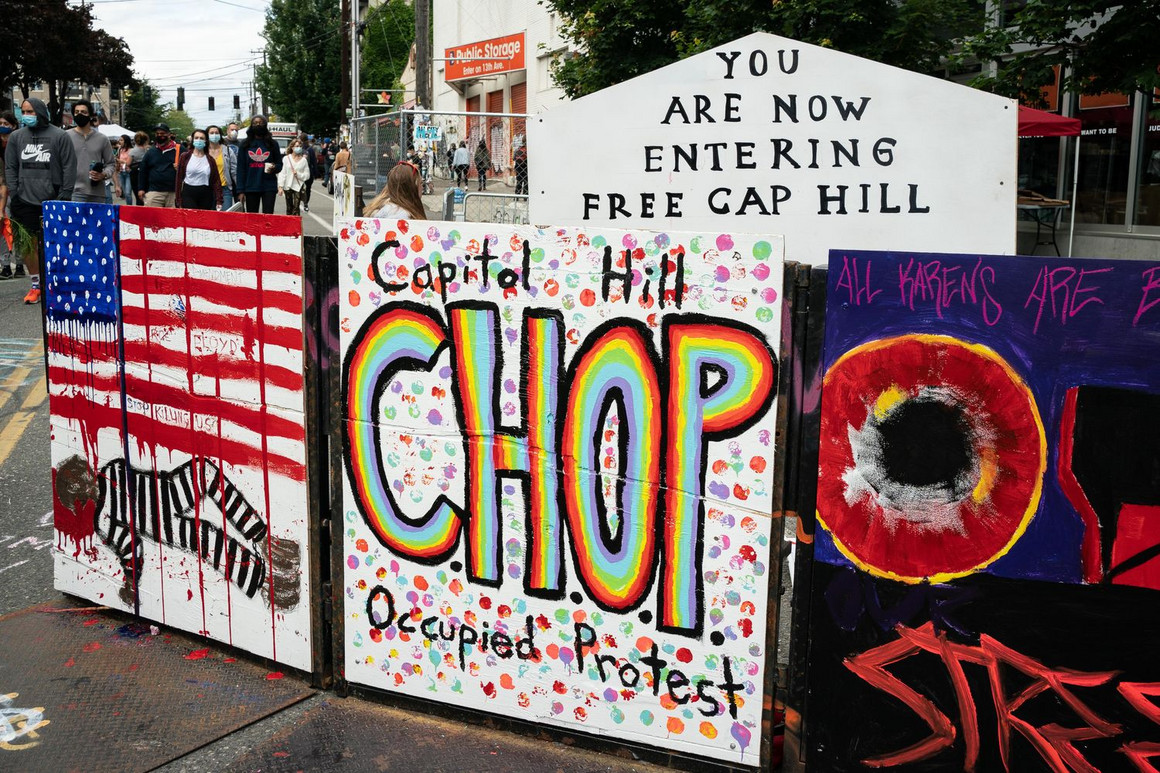
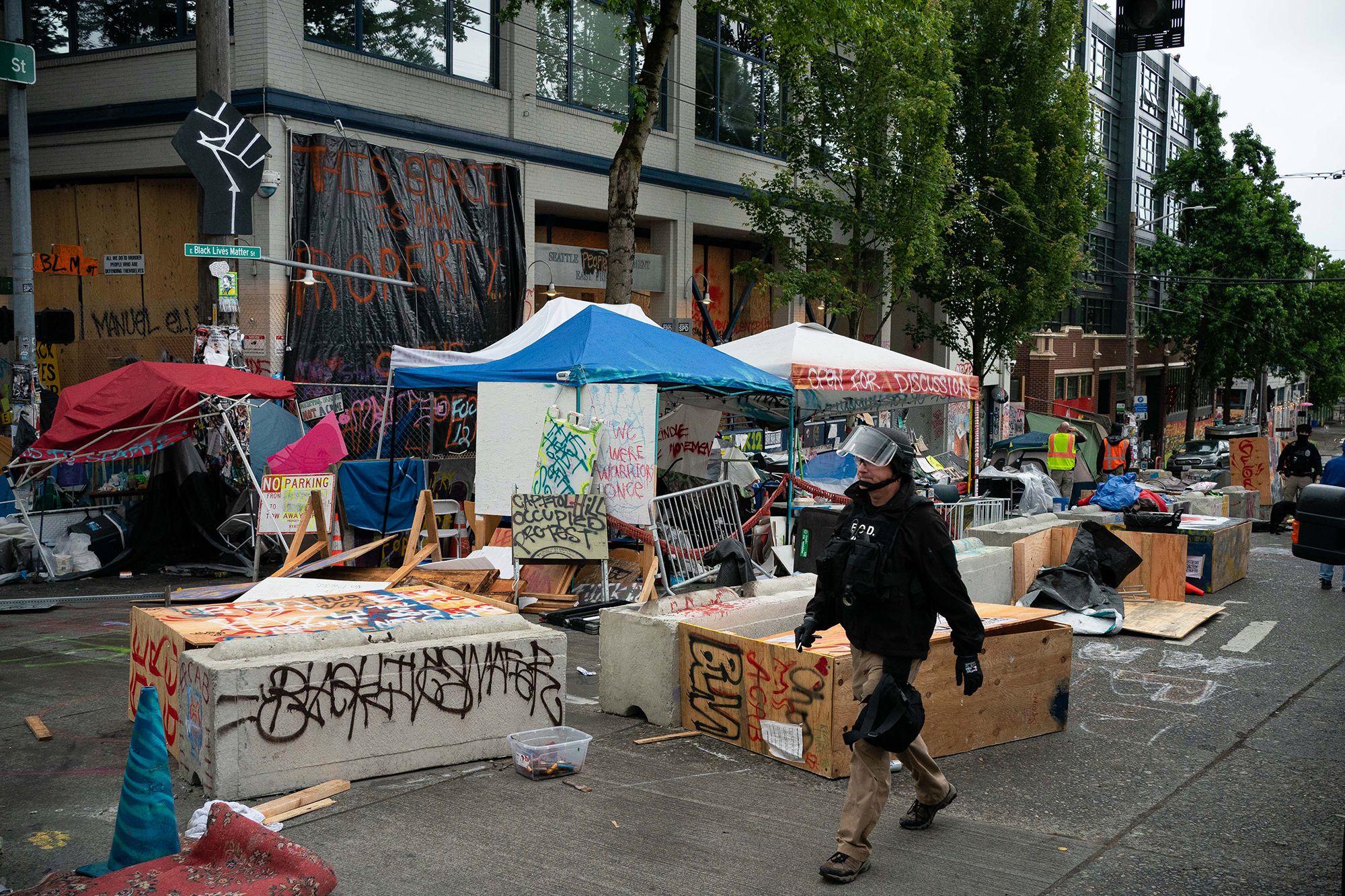
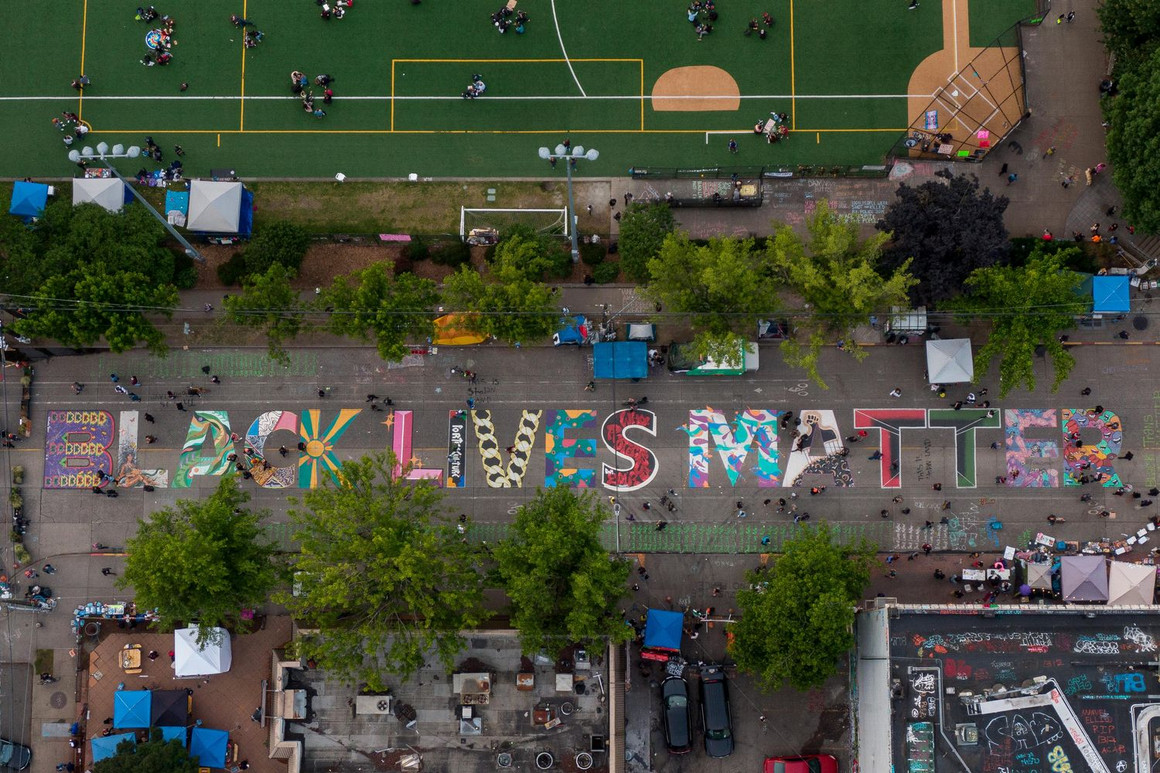
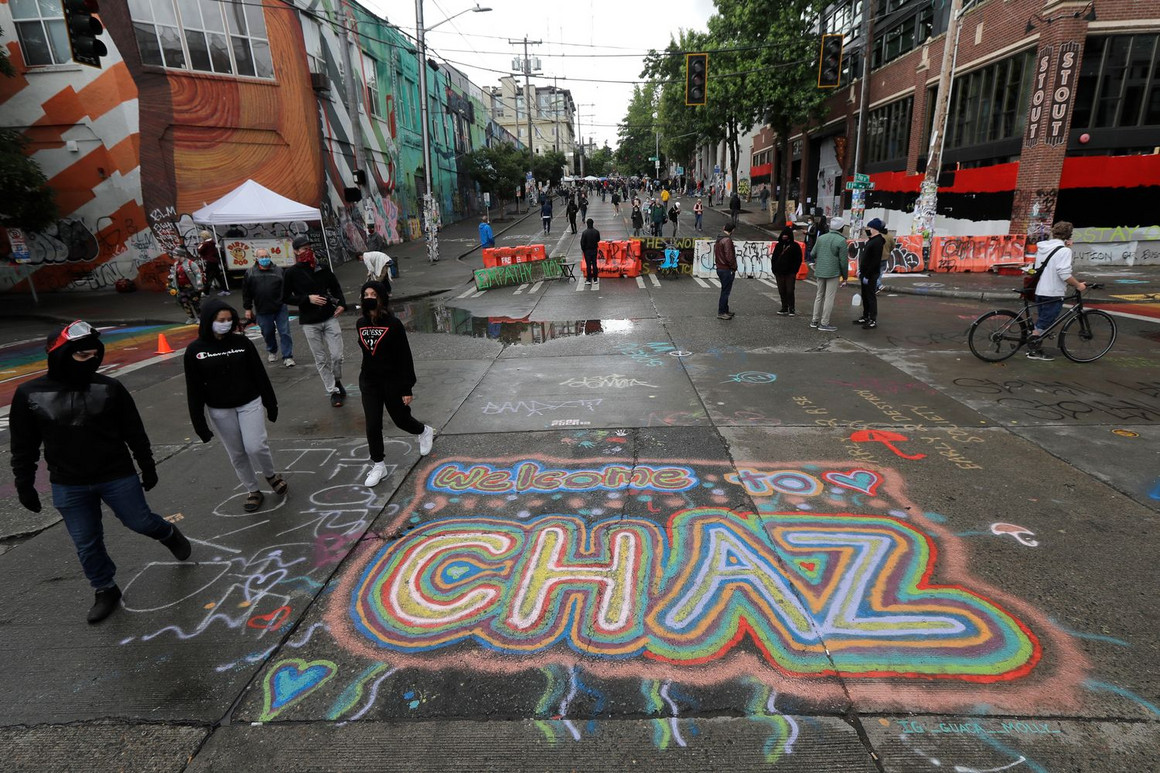
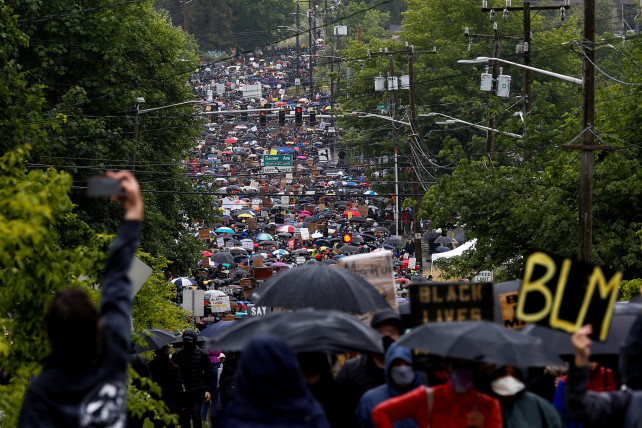
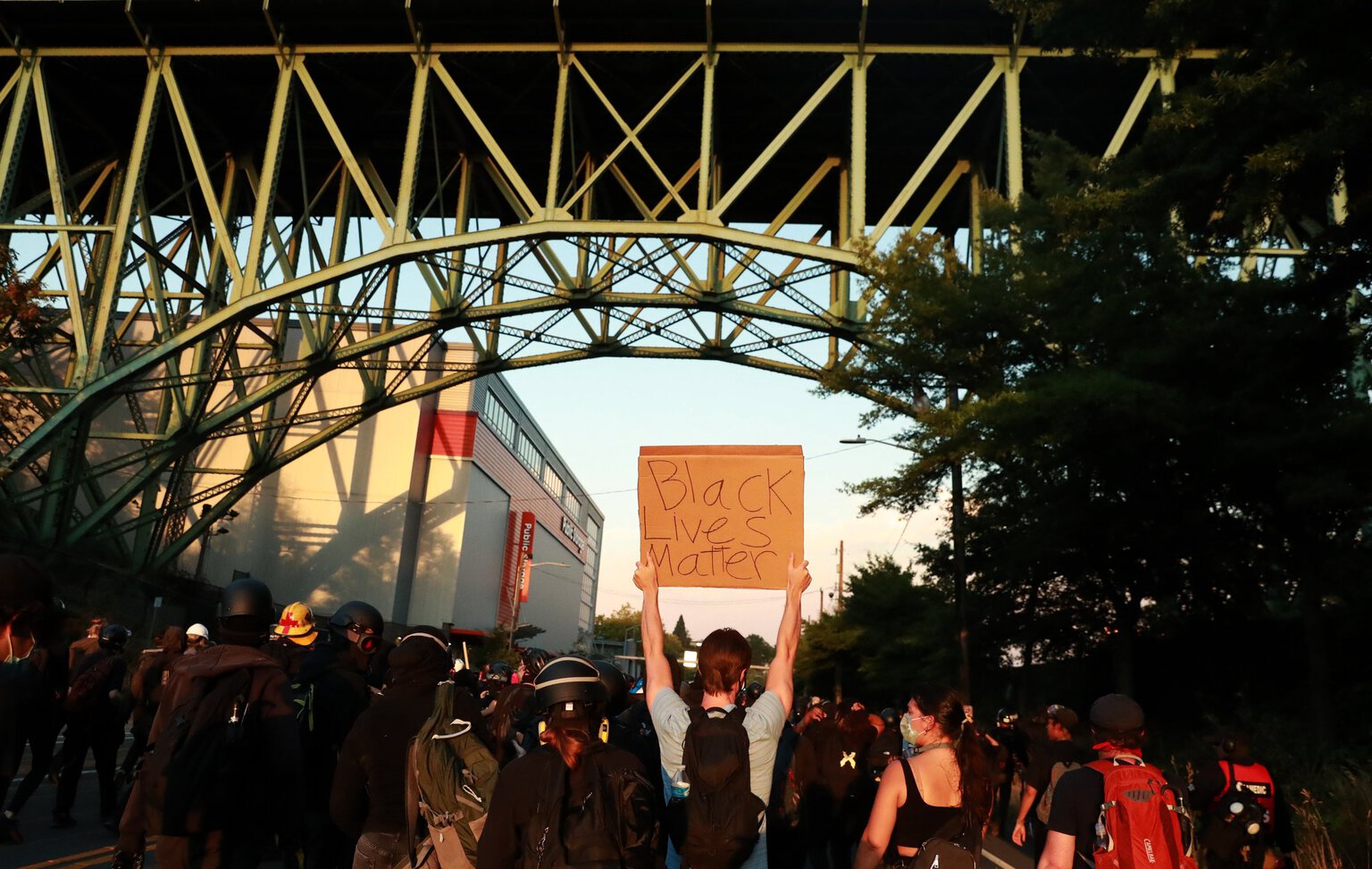


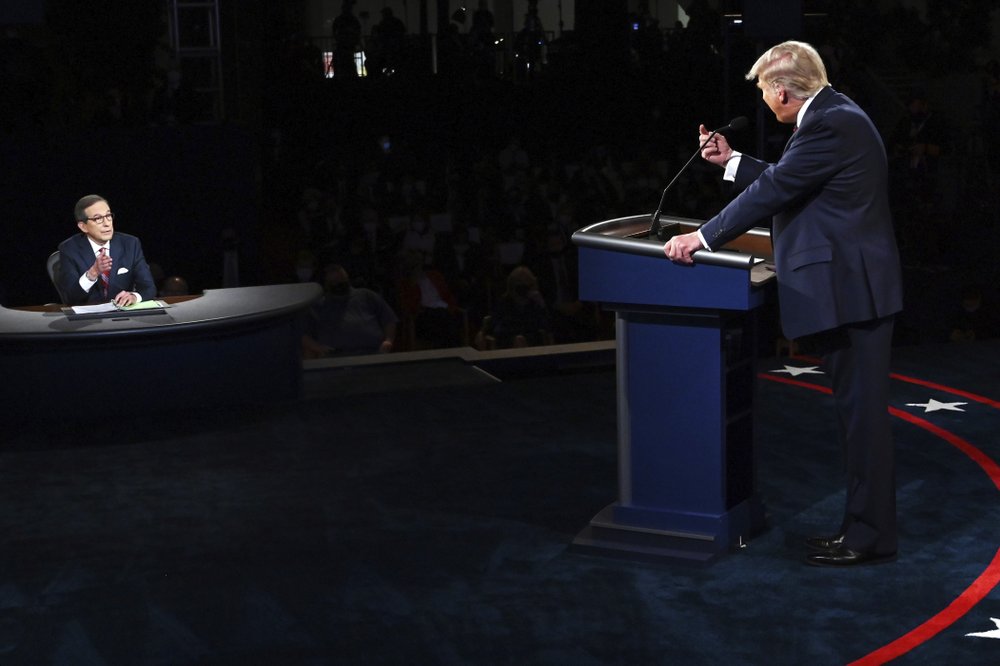
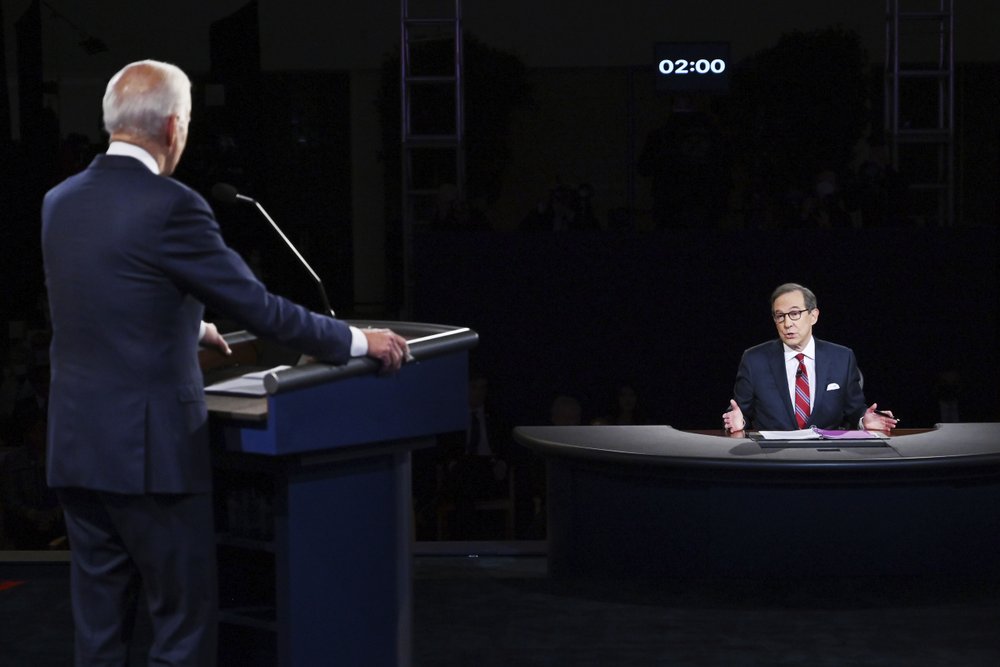
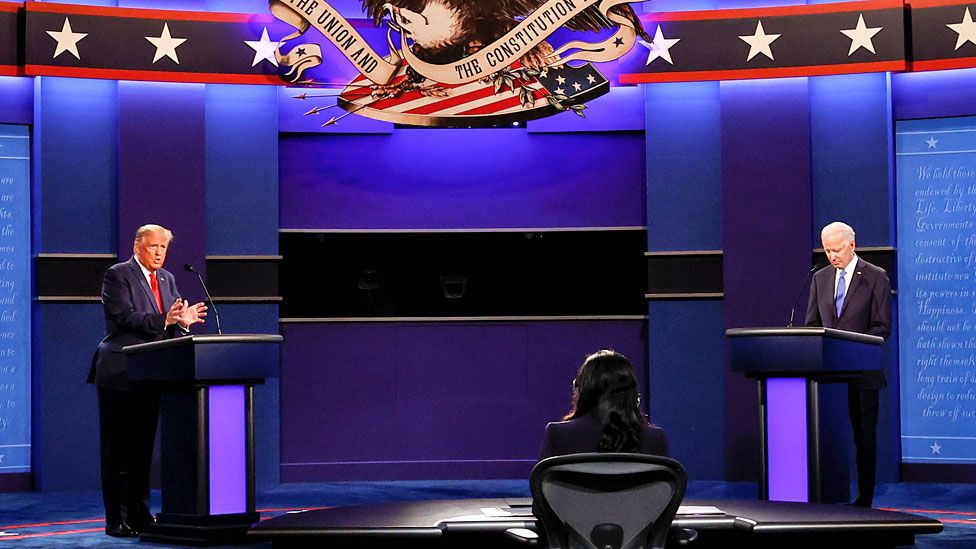
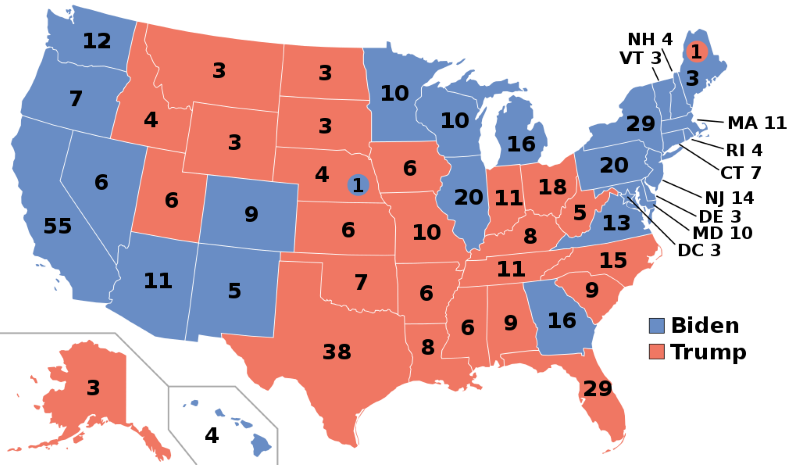
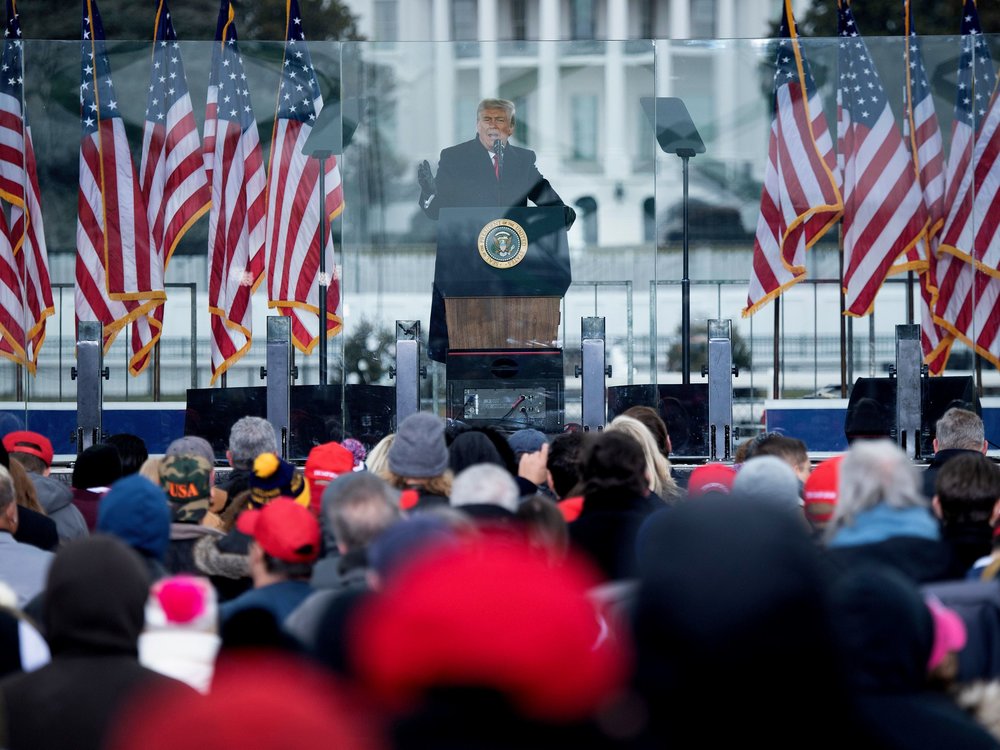
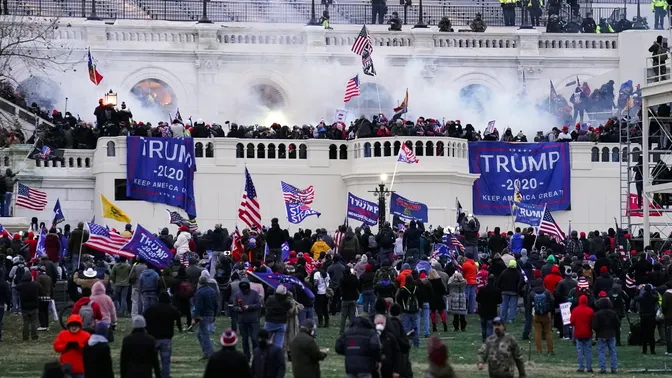
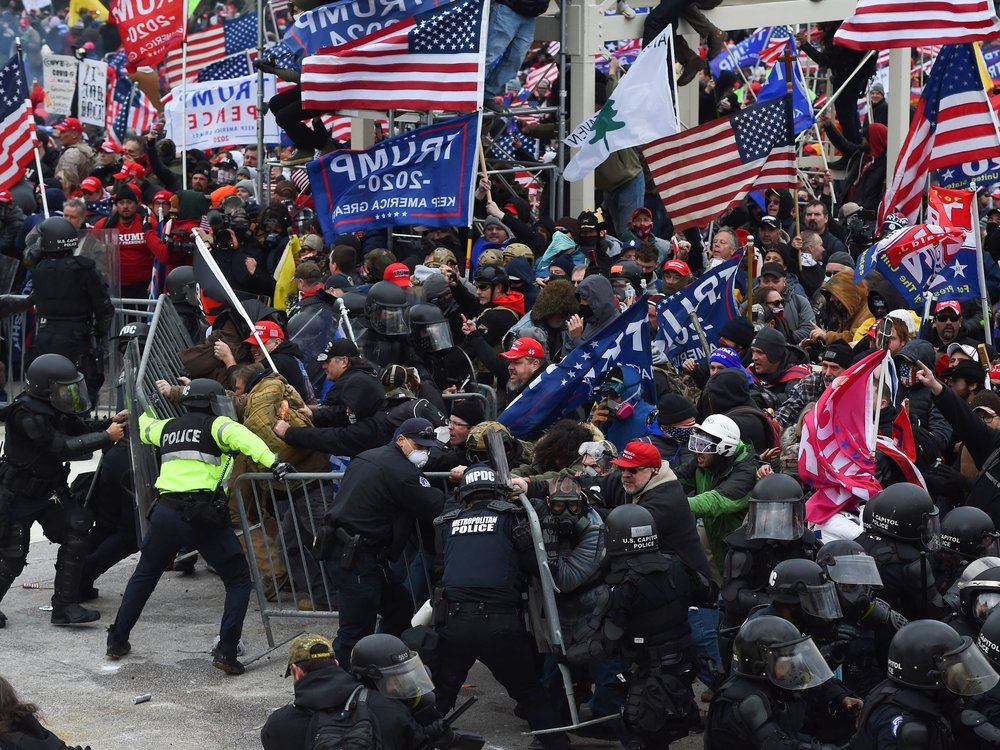
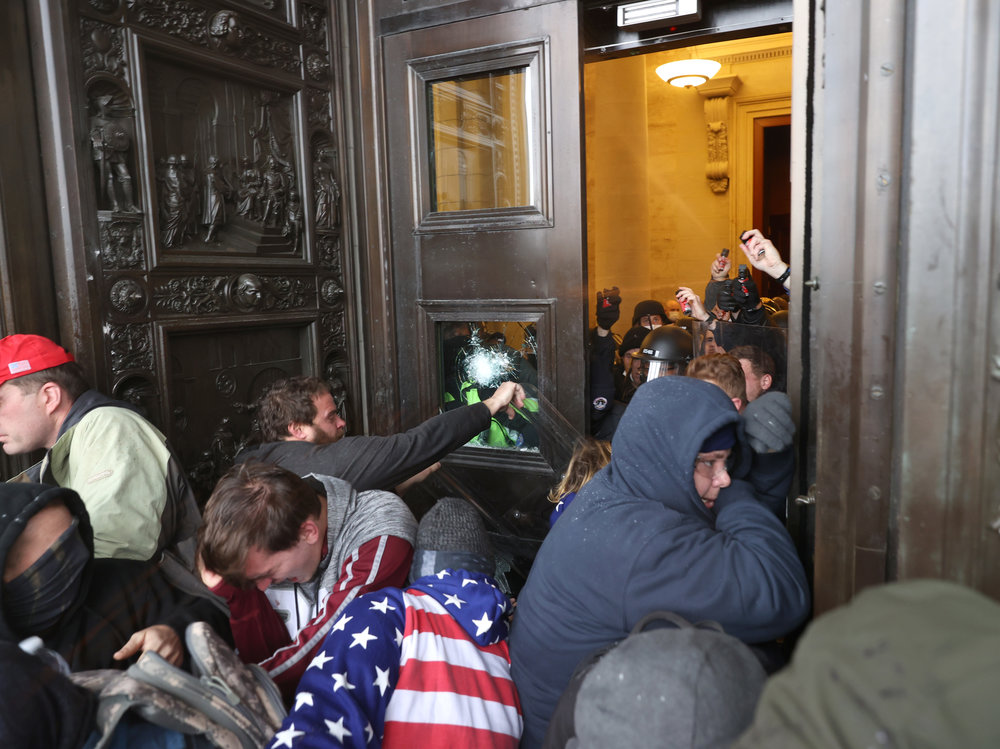
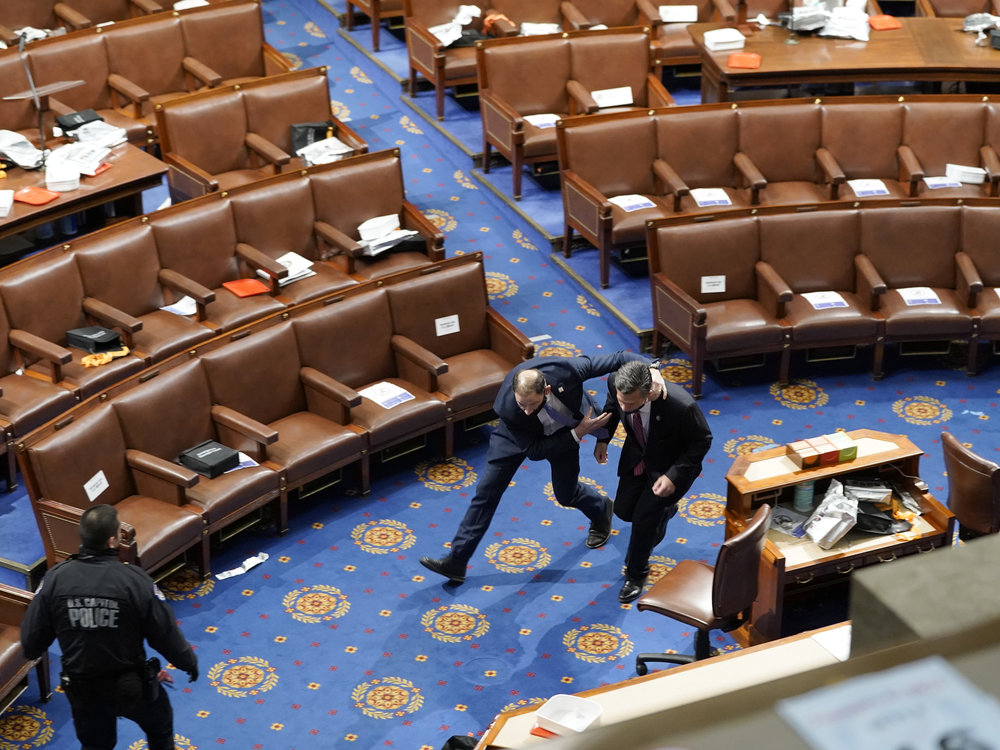
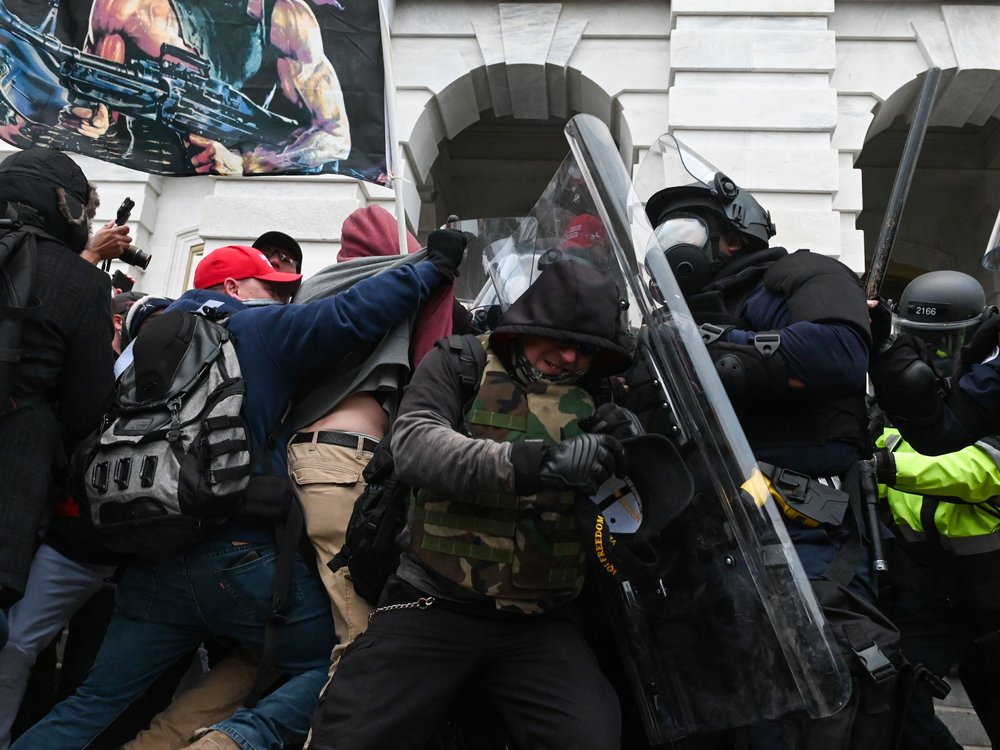
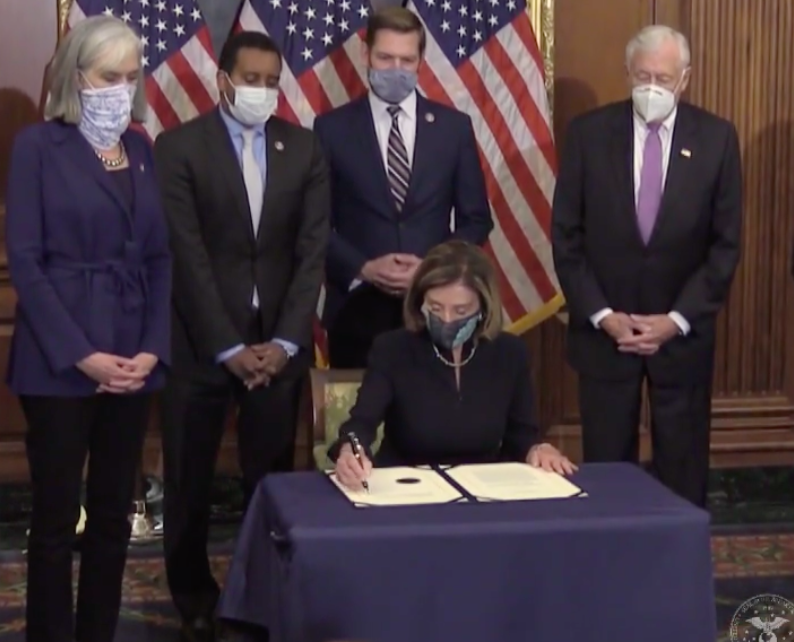
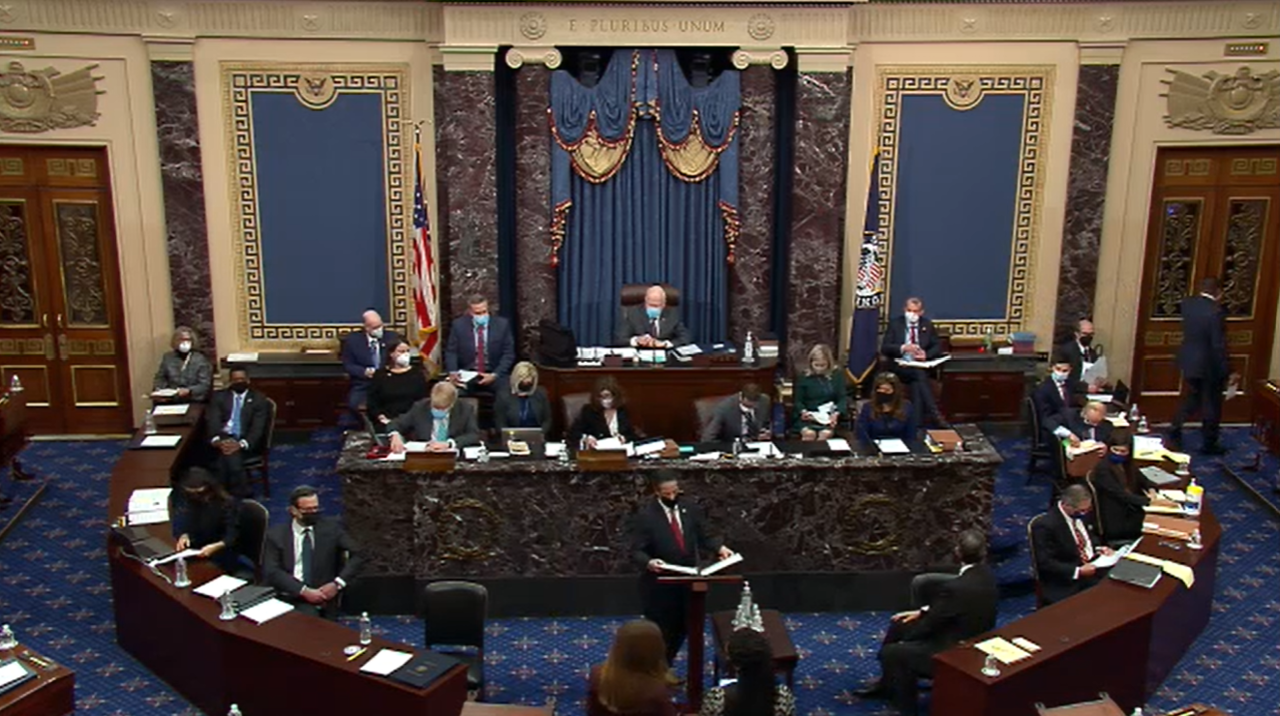
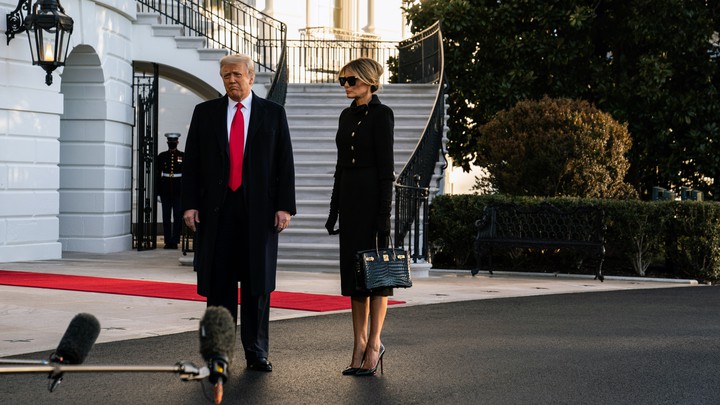

 Miles
H. Hodges
Miles
H. Hodges